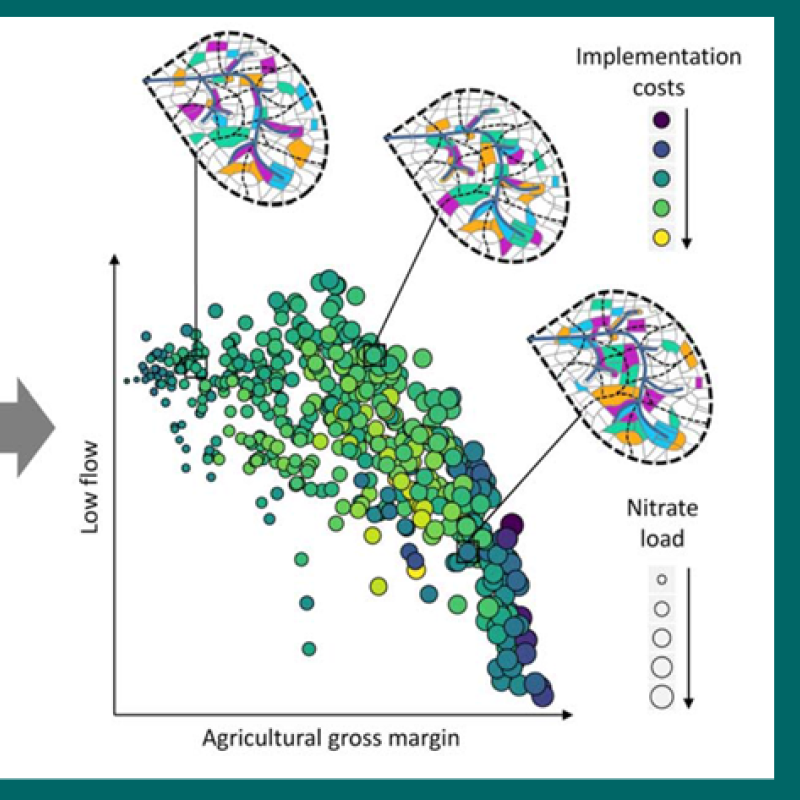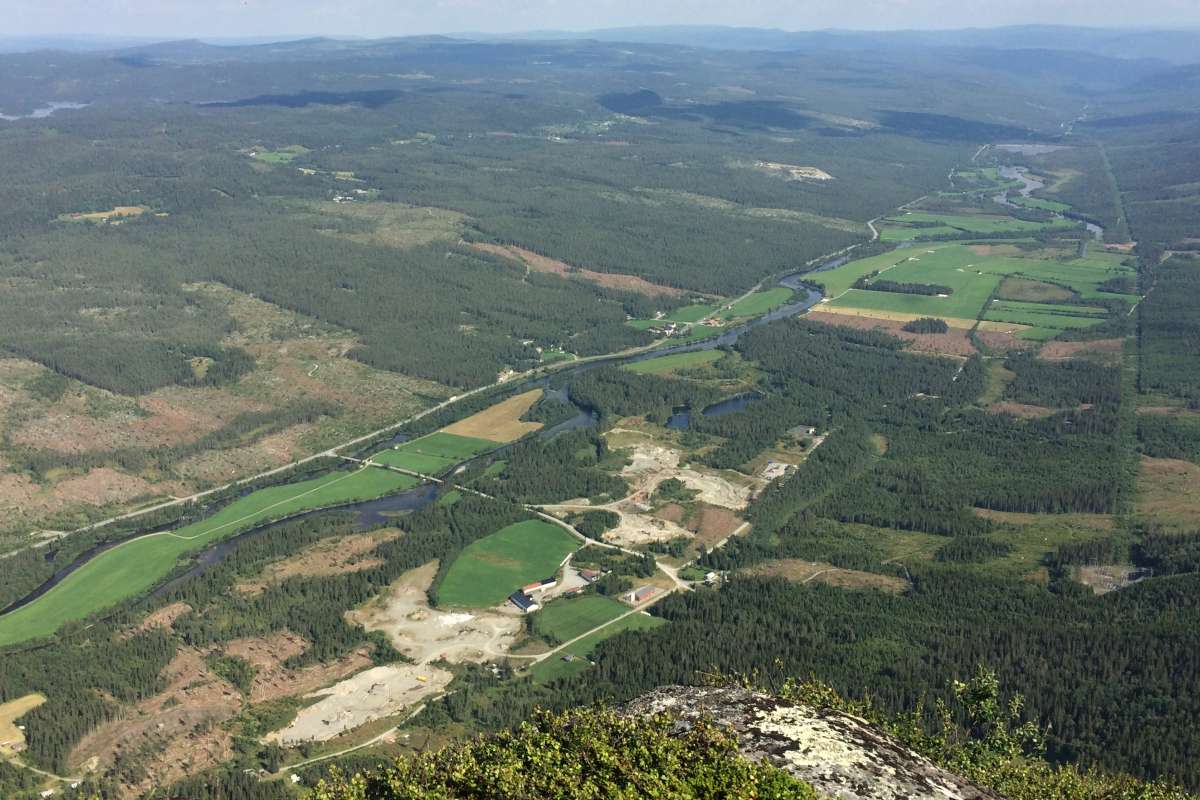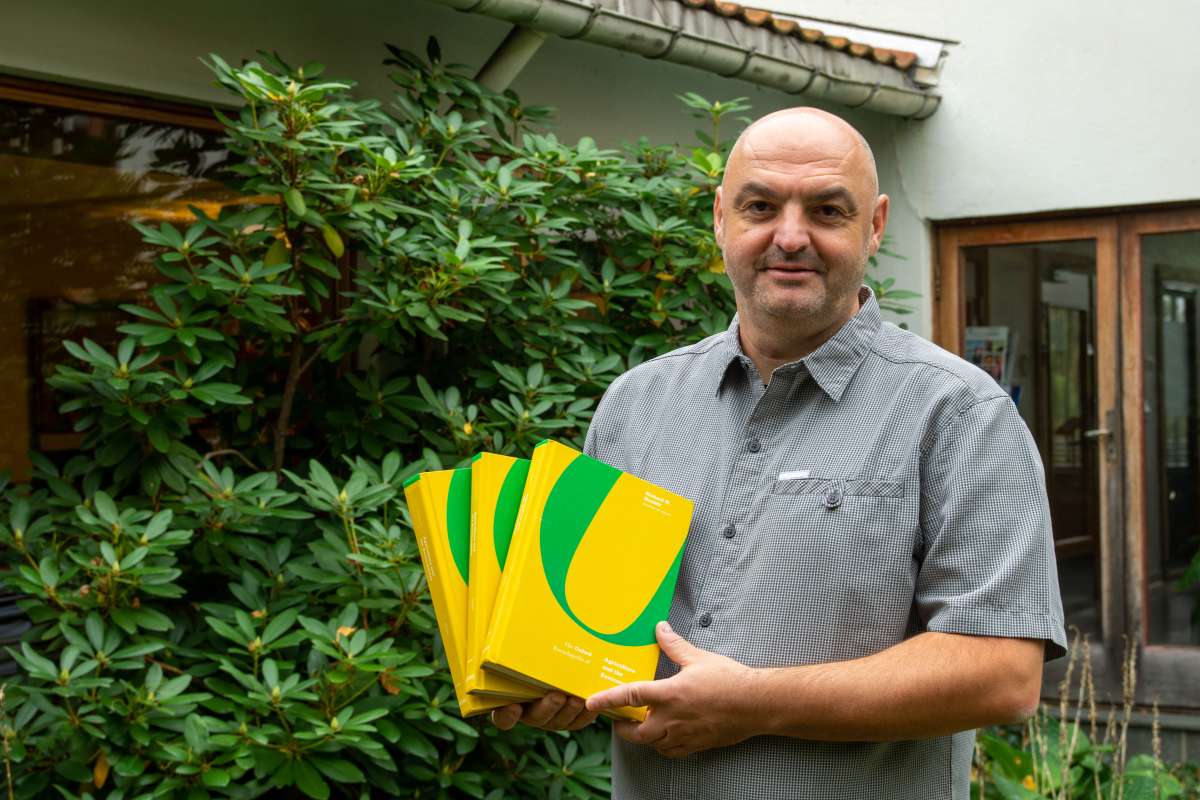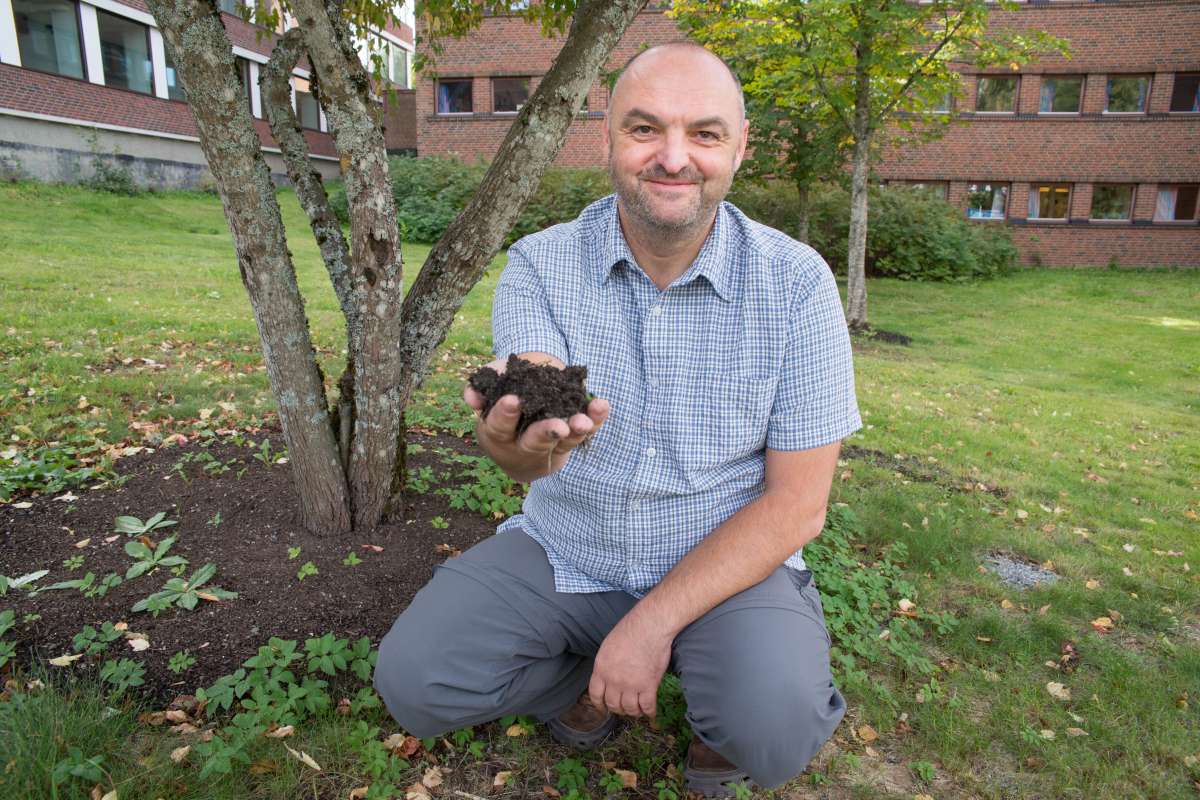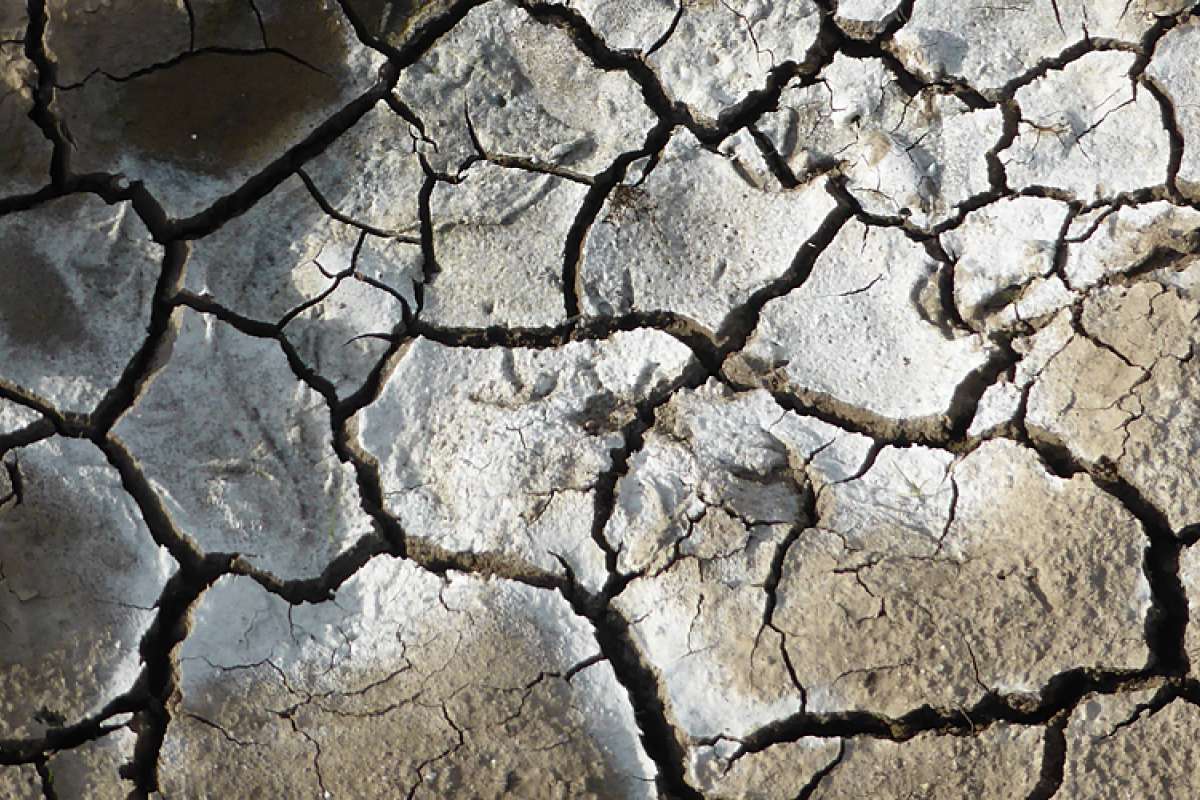On the search for Europe’s best natural/small water retention measures
%20combined%20bufferzone-2.jpg?quality=60)
One of OPTAIN’s main goals is to identify efficient natural/small water retention measures and combinations of measures to reduce the negative impacts that agriculture can have on water quality and biodiversity. The measures are adapted to the biogeographical and climatic conditions of the area where they are implemented. Here is a combined buffer zone at the Norwegian case study in Viken. Photo: Anne-Grete Buseth Blankenberg
Which measures are best suited to retain water and nutrients in small agricultural catchments? And how can these measures be combined so that they become more cost-effective where they are implemented? This is something European researchers are investigating in collaboration with relevant stakeholders.
The UN's Sustainable Development Goals make out the world's joint plan to eradicate poverty, fight inequality and stop climate change by 2030. The SDG’s act as a common global direction for countries, businesses, and civil society.
Although some countries have met some of the targets, a lot of work remains. Norway, for example, still has some way to go in achieving goals no. 2 "Zero hunger", no. 6 “Clean water and sanitation”, no. 12 "Responsible consumption and production", no. 13 "Climate action", and no. 15 "Life on land".
According to the UN, one of the problems is that Norway, like many other European and Western countries, often prioritizes exploiting nature's resources, rather than preserving ecosystems and biodiversity.
To address these challenges and succeed in achieving the sustainability goals, effective countermeasures must be implemented as soon as possible.
Local solutions to achieve global goals
“In order to achieve the large goals on a global level, we have to find good and effective solutions locally.”
These are the words of Research Professor Dr. Attila Nemes, who leads the EU project OPTAIN from NIBIO's side. In the project, European researchers collaborate with farmers, water management, and agricultural and environmental landscape planning advisers to identify and further develop water retention measures for 14 small catchment areas in several countries. Based on selected environmental and economic sustainability indicators, researchers model and optimize the measures’ spatial allocation and combination at both catchment and field scales. They also examine which measures work best, and which measures are deemed feasible and necessary by the stakeholders.
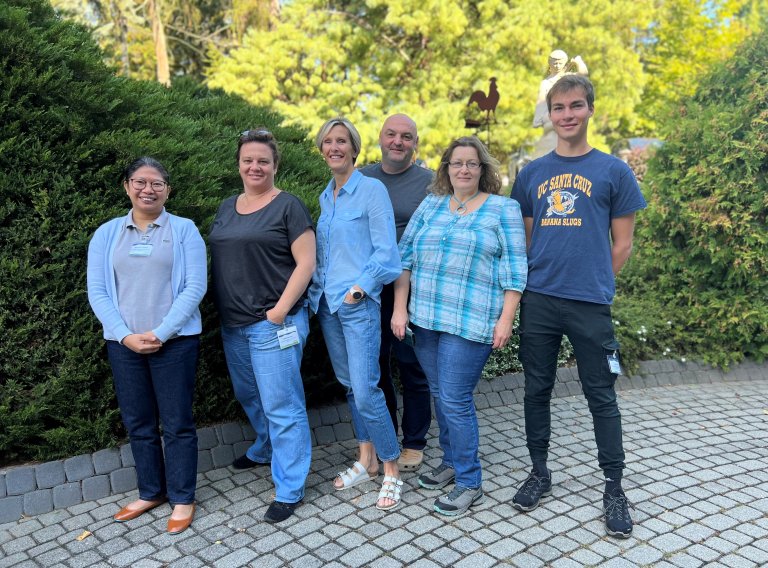
“Countries in different climate zones have different challenges when it comes to agriculture. Where one area may be exposed to erosion and nutrient loss due to too much rainfall and frequent flooding, other areas may be affected by hot weather and long periods of drought,” says Dr. Nemes.
Soil conditions, type of production and - not least - the country's laws, regulations and financial support schemes also have an impact on how agriculture is carried out.
“We must take all of this into account in our work. It is not enough to simply point to a problem and propose measures to remedy it. If we are to achieve good results, also for the future, it is important that we are in dialogue with those who are active in the area,” says Dr. Nemes.
This is supported by Research Professor Dr. Anne-Grete Buseth Blankenberg, who has extensive experience with catchment areas, water ecology and purification systems within agriculture.
“The environmental measures must be targeted and anchored at local, regional, and national levels. To achieve this, it is crucial that the farmers, agricultural advisers, water administration and decision-makers in each country understand why environmental measures are and will continue to be necessary to achieve a sustainable agriculture,” she says.

Valuable information from stakeholders
Regular contact and knowledge exchange with stakeholders is important for the researchers. Based on stakeholder meetings and surveys, they get important insight into current practice, rules and needs for each individual area. They also gain knowledge of any barriers that prevent farmers from implementing measures, be it a lack of subsidies, access to information or a combination of various factors.
“There are several water retention measures to choose from, but as of today we do not have a sufficient overview of which measures work best where, and what we can achieve by combining different measures. This makes it difficult for both researchers and farmers to find the measures that are best suited to mitigate problems in their specific area,” says Dr. Blankenberg.
Dr. Blankenberg and her colleagues hope that the results from OPTAIN will provide European farmers with what they need to adapt and implement the measures that work best where they operate, so that their farming systems become more sustainable. This can help stabilize both their crops and income in future.
Kråkstadelva catchment in south-east Norway
Kråkstadelva is one of the case study areas included in OPTAIN. The catchment is located in Viken county in south-east Norway and covers an area of approximately 51 square kilometers. Agricultural land covers around 43% of the area and is dominated by cereal production in heavy clay soil. The catchment is prone to flooding, which is particularly a problem during snowmelt and autumn rain.
“Kråkstadelva has major challenges with water quality, which among other things is due to sediment and phosphorus losses from agricultural land through erosion along with streambank erosion,” says Dr. Dominika Krzeminska, researcher at NIBIO.
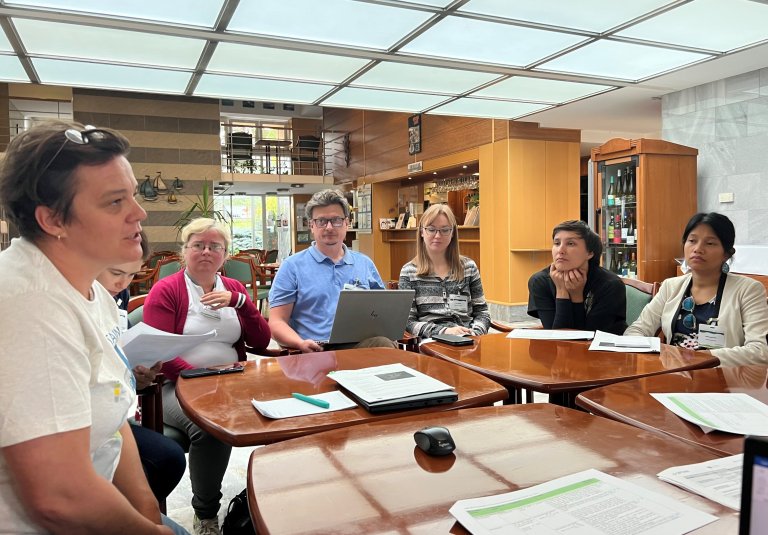
To remedy this, a number of measures have been implemented in the catchment – e.g. reduced autumn tillage, grass-covered buffer zones, grass-covered waterways through the field, use of cover crops and nutrient retention ponds.
“We want to find out which of these measures work best, either alone or in combination,” says Dr. Krzeminska.
This is done by testing various measures, and by continuously monitoring the area’s soil and water at several locations in the catchment. Kråkstadelva's stakeholder group, which consists of 13 representatives from various parts of the agricultural and water management sector, provides the researchers with information about environmental, financial, and societal advantages and disadvantages of water retention measures from their point of view.
“For the farmers, it is important that the measures have a high cost-benefit effect. In addition, they want more in-depth knowledge about the measures, and a more coordinated set of regulations from the agricultural and environmental sectors,” the researcher says.
“By testing various measures and monitoring the catchment area, and through the cooperation we have with the stakeholders, we hope to mitigate the risk of flooding and to improve the water quality downstream. This is important, not least in regard to climate change and its consequences,” she adds.
Dissemination and sufficient training are key
OPTAIN is in its third year and ends in 2025. Project coordinator Professor Dr. Martin Volk from the Helmholtz Center for Environmental Research (UFZ) in Germany, says that dissemination and stakeholder training during and after the project is key.
“Through an online-based Learning Environment, the results that come out of OPTAIN will give European farmers and other agricultural actors access to information in order to adapt and implement site-appropriate and effective natural/small water retention measures in their areas,” he says.
The produced knowledge will also be useful for agricultural advisers and administrative bodies in the water sector.
“It is not easy to find solutions that will have an effect in areas with vastly different biogeographical conditions and needs. Our aim is to achieve an increased understanding of the connections between agriculture, different characteristics of a landscape and specific water retention measures,” Dr. Volk says.
“Hopefully, the outcomes of OPTAIN will make it easier for various agricultural actors to make well-informed choices in the future. This includes the introduction of good incentive systems for farmers where this is not already in place,” he says.
Contacts
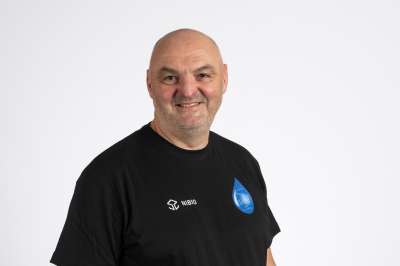
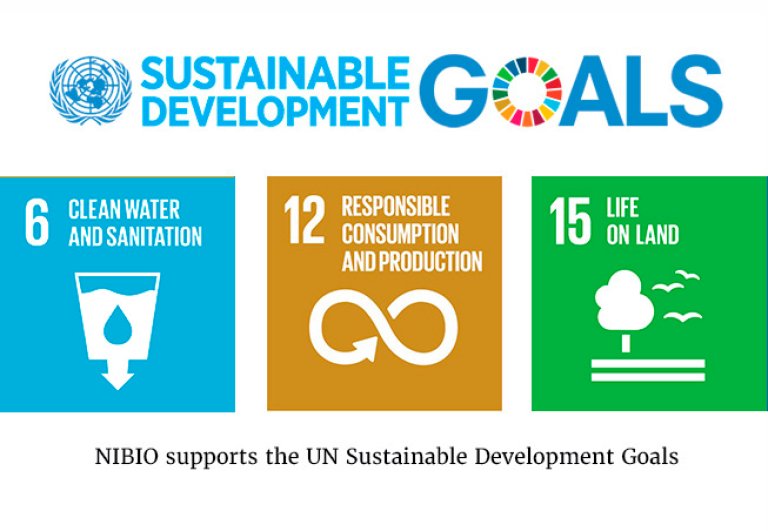
Links
OPTAIN websiteOPTAIN
OPTAIN (OPtimal strategies to retAIN and re-use water and nutrients in small agricultural catchments across different soil-climatic regions in Europe) is an EU-funded project which aims to increase the knowledge and understanding of multiple benefits that spatially targeted combinations of natural/small water retention measures (NSWRM) have on the management of small agriculture catchments across continental, Pannonian and boreal biogeographical regions of Europe, and on the conditions under which they perform most effectively.
OPTAIN (2020-2025) follows an innovative, harmonised approach in which 21 project partners from 14 countries select NSWRMs in close cooperation with local actors at the farm and catchment levels. The measures’ spatial allocation and combinations are then optimized using a suite of simulation models based on environmental and economic sustainability indicators.
OPTAIN is coordinated by UFZ Helmoltz Centre in Germany. The Norwegian partners are NIBIO and NIVA.
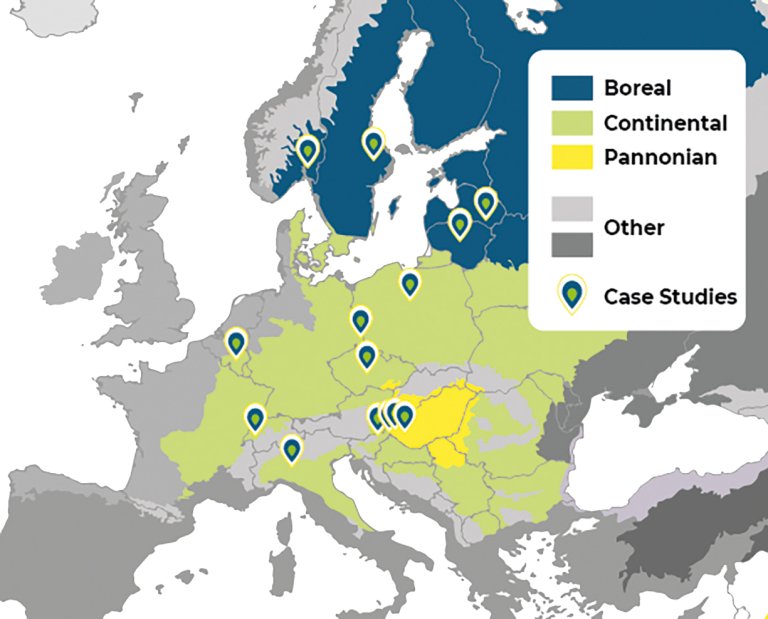

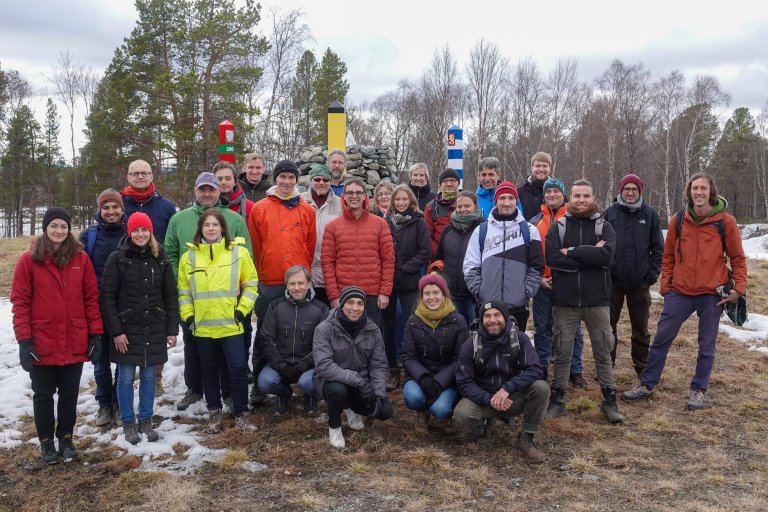
Natural/Small Water Retention Measures (NSWRM)
Natural/Small Water Retention Measures (NSWRMs) aim at safeguarding and enhancing the water storage potential of landscape, soils and aquifers, and to foster ecosystem services for mitigating the impacts of floods and droughts. This will simultaneously contribute to the achievement of different Sustainable Development Goals and environmental targets, formulated in several European Union policies.
NSWRM in OPTAIN are small and multi-functional measures for the retention/management of water and nutrients in agriculture and hydromorphology, small technical measures related to drainage infrastructures and measures positively affecting water use efficiency of the agricultural production. The project will identify efficient NSWRM to better adapt to extreme events (floods, droughts) and reduce conflicts between agricultural water uses and other human and environmental demands in small catchments across Continental, Pannonian, and Boreal biogeographical regions of Europe in close cooperation with local actors.
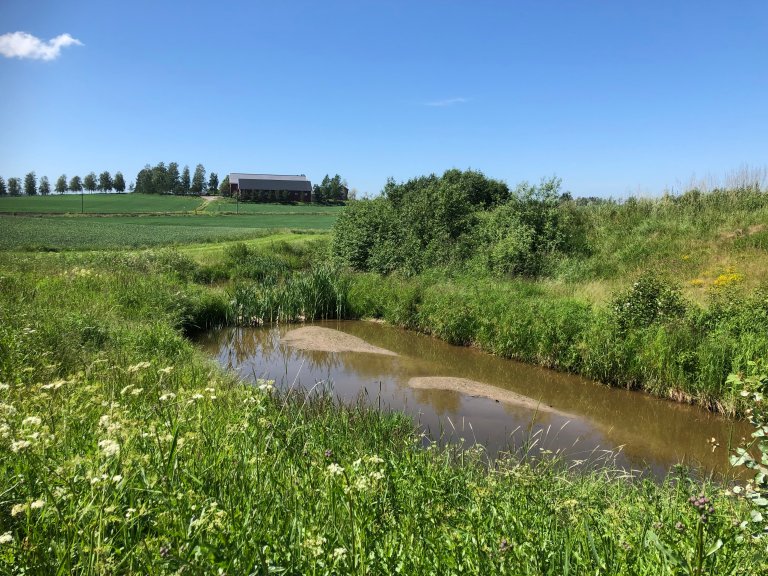
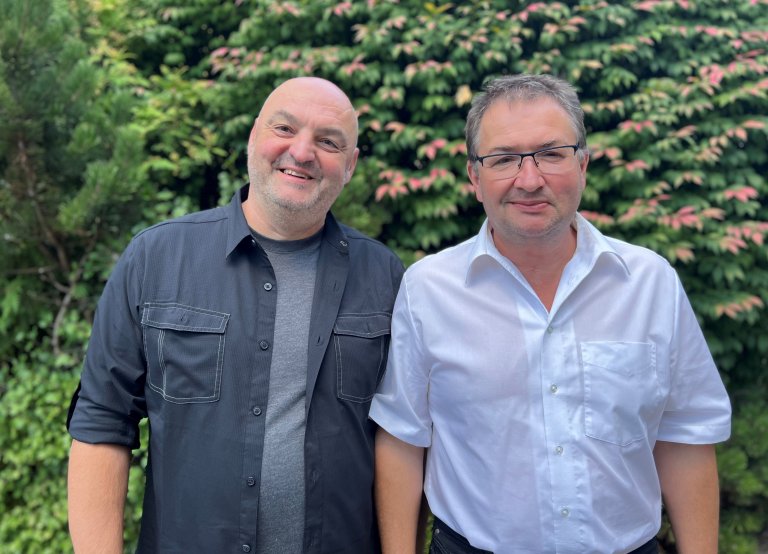
Contacts


